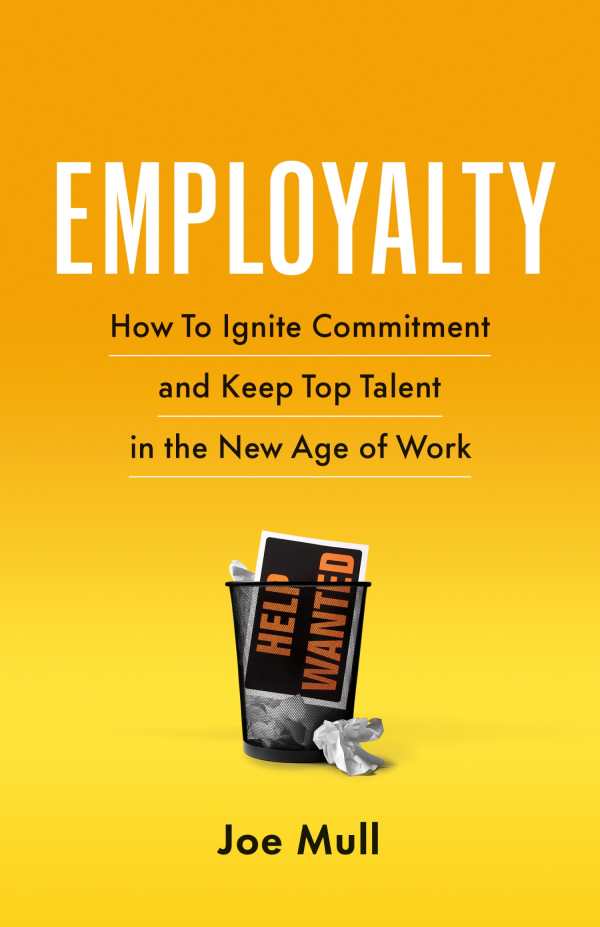Employalty
How to Ignite Commitment and Keep Top Talent in the New Age of Work
Employees do the best job when they believe that they have the best job possible; the provocative, forward-thinking business guide Employalty shows leaders how to get there.
Concerned with contemporary staffing shortages and increases in job-switching rates, Joe Mull’s business guide Employalty is full of timely advice for attracting and keeping top talent.
Mull works to dismantle the myth of the lazy employee; his book makes a convincing case that people are willing to work if they are valued within the right environment. To remain at a place of employment, it says, workers are looking for three things: the ideal job (with good compensation, flexibility, and a reasonable workload), meaningful work (in which a person’s strengths are valued, they are made to feel like they belong, and they believe in the company’s purpose), and a great boss (who participates in advocacy, coaches their employees, and builds trust). This framework is supported by statistical data, showing that 70% of a team’s engagement is dependent on the team’s leader, 62% of millennials would take a pay cut to work for a socially responsible company, and 75% of employees who have quit their jobs state that their bosses were part or all of the reason for their resignation.
To help businesses become destination workplaces, the book encourages abandoning selection mindsets to focus on creating jobs that attract committed employees within an already competitive job market. It illustrates the benefits of cultivating employee loyalty with anecdotes, as of generous pay leading to more employee engagement and better customer experiences, and of flexibility and autonomy leading to improved communication, teamwork, and quality of work. Counterexamples further support the book’s perspectives, with stories about adverse impacts on businesses where employees did not feel valued. And the book’s points are further strengthened by its explorations of relational authority versus positional authority and other challenges to common beliefs about leadership and employee engagement.
Employalty scorecards are present to help companies determine whether or not the the book’s recommended benchmarks are being met for each of their employees. They make room for evaluating employees in different roles and in various industries. However, their work is limited: they can help in determining what shortcomings need to be addressed, but they stop short of proffering suggestions for implementing the necessary changes. Some related recommendations are made at the end of the book, but they too are broad and are also somewhat limited to assessing one’s current state.
Employalty is an insightful business guide that’s filled with suggestions for creating workplace environments that foster employee commitment.
Reviewed by
Edith Wairimu
Disclosure: This article is not an endorsement, but a review. The publisher of this book provided free copies of the book and paid a small fee to have their book reviewed by a professional reviewer. Foreword Reviews and Clarion Reviews make no guarantee that the publisher will receive a positive review. Foreword Magazine, Inc. is disclosing this in accordance with the Federal Trade Commission’s 16 CFR, Part 255.

